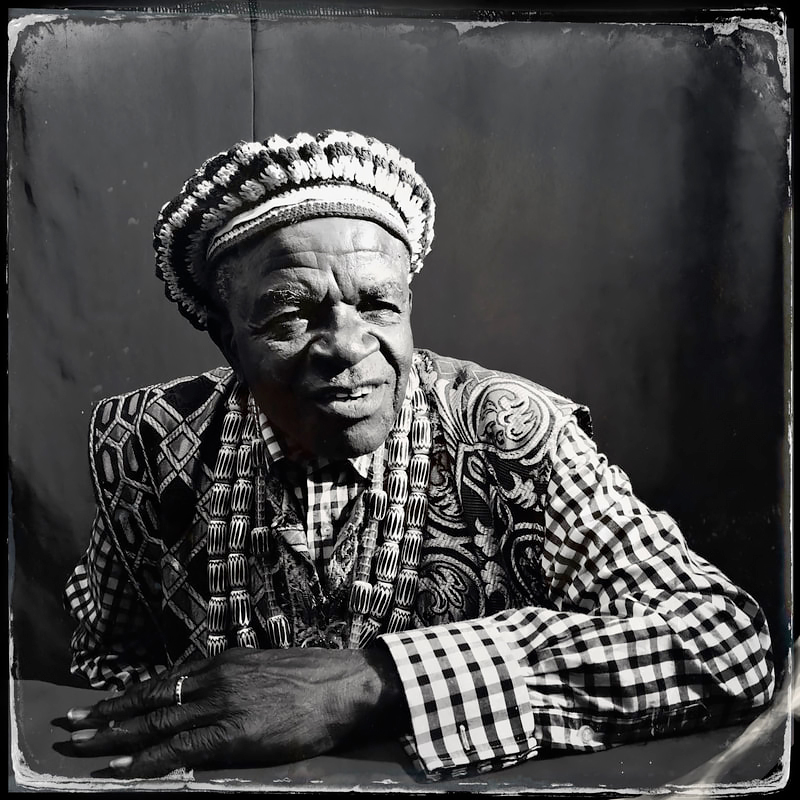The work of
Michel Papami Kameni tells a unique story of post colonial Cameroon, a period of transition in the wake of a new found independence like in so many other African countries. In his studio in the Briqueterie district of Yaounde, it was the whole of Cameroonian society that passed before his lens.
A mix of stunning portraits and subjects from all social circles and different cultural backgrounds, Christians and Muslims, urban socialites to provincial farmers all travelling through this great city. We see in his images the dreams and aspirations of a nation in transition, new musical influences and western fashions, a natural fusion between the tradition and the modern.
The work of Michel Kameni explores the rapid evolution of a postcolonial Yaounde (from 1963) by portraying its inhabitants with an incredible kindness and passion, these images are more than just a document, they are an intimate study of the relationship between the photographer and his subject.
Studio Kameni is a project that aims to explore, discover and give new life to the photographic archives of this unique body of work brought into public view for the very first time.
